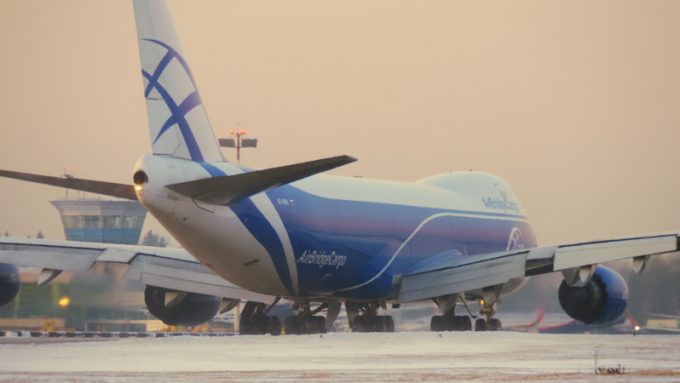IATA to downgrade air cargo growth forecast 'to something more sustainable'
IATA’s air cargo 2025 growth forecast for yields and volumes is set to fall, after ...

Frustrated airfreight shippers will be astonished to discover that cargo flights in 2020 were only half-full – according to IATA data.
In a year when demand for air freight capacity grew exponentially in the second quarter, as governments booked-out flights to carry PPE and forwarders struggled ...
Predatory rivals circle as the ripples from DSV's Schenker buy widen
MSC Elsa crew face criminal probe, as Wan Hai 503 firefighters battle on
Latest Israeli attack on Iran a threat to box ships in Straits of Hormuz
Industry concerns rise after yet another box ship on fire off Indian coast
'It's driving us mad', say forwarders as US court fails to end tariff turmoil
European port congestion easing – for now
More legal trouble in India for MSC: feeder vessel detained after box ship disasters
MSC to hold 15% global container terminal market share after Hutch buy
EXCLUSIVE: The good old DSV, 'Winning as One' – all Schenker top dogs out (Part 2)
EXCLUSIVE: Schenker top exec departs 'One DSV' – fishing continues (Part 1)
DHL makes €500m bid to increase its presence in 'fast-growing Gulf markets'

Comment on this article
Stan Wraight
August 04, 2021 at 2:58 pmIf airlines are depending on IATA to know their own Loadfactors, they should take a hard look at their management teams professionalism. IATA or Clive published loadfactors are nice to have but like most statistics published by associations or others, they are averages for a wide audience. Globally, traffic imbalances, destination mix, currency, and most of all ultra long haul pax trend, example say Chicago to Hong Kong or Pudong to London dictate specific reality. These global stats, be they volume or tonnage based, are not relevant for any airlines cargo management decision making process.
royston stapleton
August 04, 2021 at 5:41 pmGod forbid the Airlines try and raise-from-the-dead their 5000 volume equation from the early 90’s, which only went away because of the Gulf War and the fact they could levy FSC and SSC instead !!!!